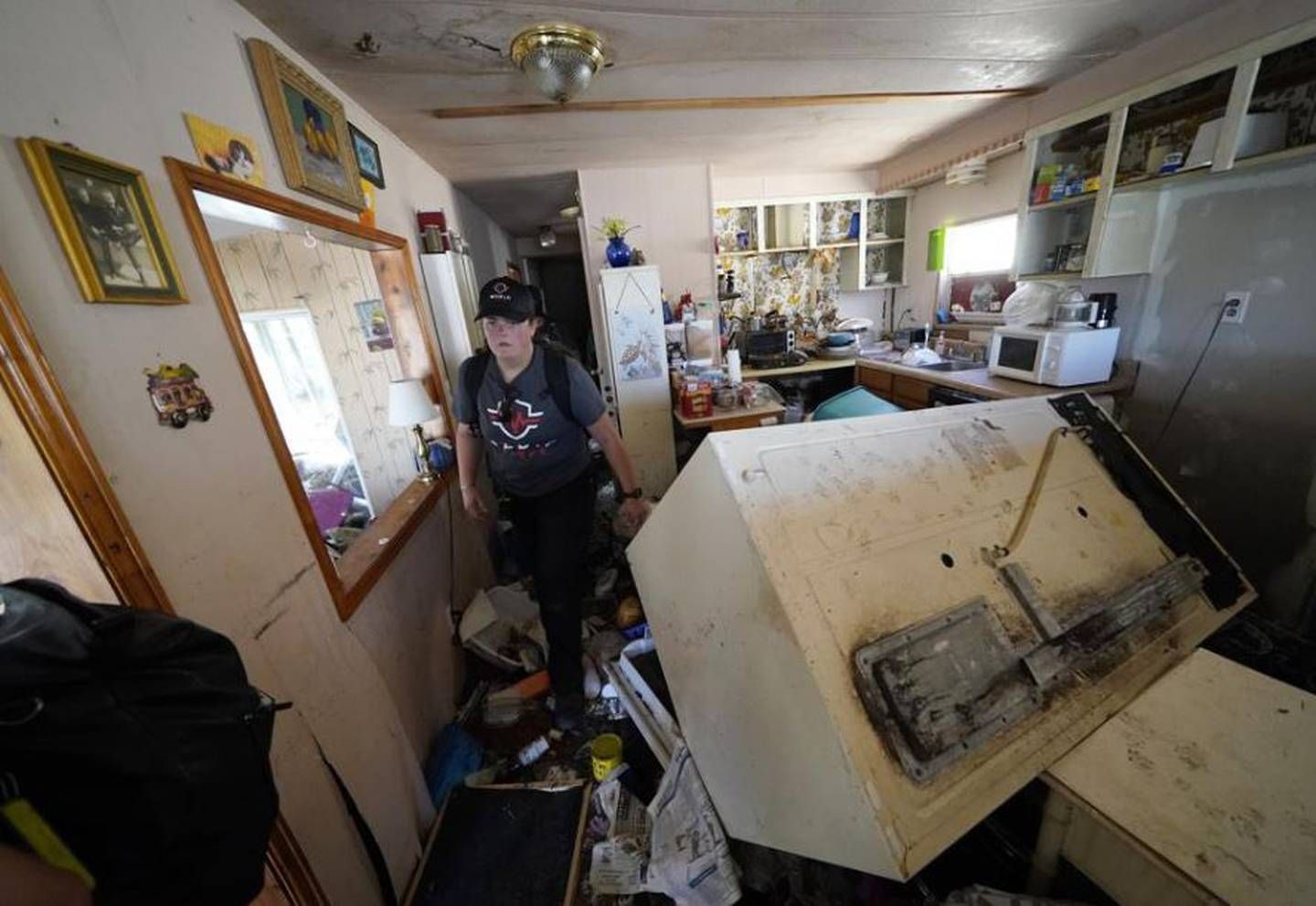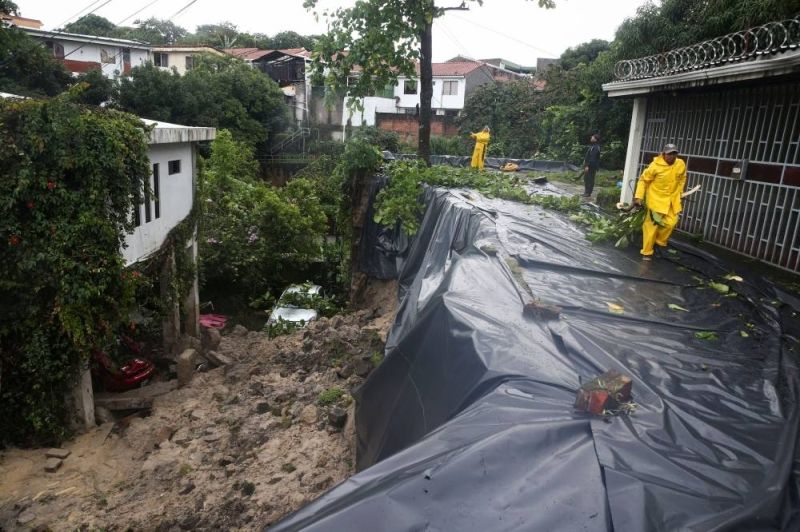Four astronauts, three from NASA and one from the European Space Agency, docked their SpaceX capsule on Wednesday at the International Space Station, barely two days after the station's previous crew returned to Earth.
Nasa webcast commentators said that the Crew Dragon spacecraft docked with the station less than 16 hours after launch from Nasa's Kennedy Space Center in Cape Canaveral, Florida. It was one of the quickest journeys by Elon Musk's SpaceX to the ISS, from liftoff to docking.
Nasa reported that the automatic docking occurred while the Crew Dragon spacecraft, called Freedom, and the space station were traveling approximately 420 kilometers above the central Pacific Ocean.
The Freedom team consists of three American Nasa astronauts – flight commander Kjell Lindgren, 49; mission pilot Bob Hines, 47; and mission specialist Jessica Watkins, 33 – and European Space Agency astronaut Samantha Cristoforetti, 45. (ESA).
Following an early docking, crew members began a two-hour procedure of doing routine leak checks and pressurizing the tube between the capsule and the ISS to open the station hatch.
The new arrivals were to be greeted aboard by the ISS's seven current residents, the four-member crew they will replace - three Americans and a German ESA crewmate whose mission is scheduled to finish in early May - and three Russian cosmonauts.
Crew 4 is the fourth full-fledged ISS crew Nasa has launched aboard a SpaceX vehicle since the California-based rocket company began carrying people for the US space agency in 2020.
Rapid turnarounds of flights
SpaceX, founded in 2002 by Musk, the billionaire CEO of electric carmaker Tesla who announced on Monday the acquisition of social media network Twitter, has launched seven human spaceflights in the last two years.
This includes a four-person team organized by Houston-based Axiom Space that splashed down on Monday following a two-week stay aboard the International Space Station, capping the first all-private astronaut mission to the orbiting laboratory.
Crew 4 launched predawn on Wednesday, only 39 hours after the Axiom team successfully parachuted into the Atlantic off the coast of Florida in a separate Crew Dragon capsule.
The brief time between Axiom's splashdown and Crew 4's launch starkly illustrated Nasa and SpaceX's rapid turnaround capability, built around a fleet of reusable rockets and crew capsules, at least when weather circumstances allowed.
The lower stage of the Falcon 9 rocket used to launch Crew 4 successfully returned to Earth minutes after liftoff on Wednesday, marking the fourth successful flight and recovery of that same SpaceX booster. Freedom, the Crew Dragon capsule, was flying for the first time.
On his second voyage to the International Space Station, crew four was led by Lindgren, an emergency care physician, and former flight surgeon. He spent 141 days in orbit and participated in two spacewalks in 2015.
ISS missions
The mission's assigned pilot was Hines, a rookie astronaut and US Air Force fighter pilot with over 3500 hours of flight time in 50 different aircraft types.
Watkins, a geologist who got her doctorate investigating massive landslides on Mars and Earth, made her spaceflight debut and was poised to become the first African-American woman to join a long-duration mission aboard the International Space Station.
They were joined by Cristoforetti, an Italian Air Force jet pilot scheduled to take leadership of ISS operations during the team's six-month stay, becoming Europe's first female commander of the space station.
Since November 2000, the ISS, the enormous artificial object in space, has been continually manned by a US-Russian-led international partnership comprising five space agencies from 15 countries.
Typically, a multinational crew of at least seven lives and works aboard the platform, traveling at an average speed of 8 kilometers per second and circles the Earth approximately once every 90 minutes.
The microgravity environment aboard the station provides scientists with an unparalleled laboratory to conduct research ranging from fluid dynamics and combustion to cell growth and aging.

/SpaceX-Freedom-Crew-ISS-Docking.jpg)
/27dbecfdfa4c663543f1d993a2be73ec.jpg)
/agswhdfgjk.png)
/Artemis-1-Relaunch.webp)
/Svante-Paabo-Nobel-Prize.jpg)





